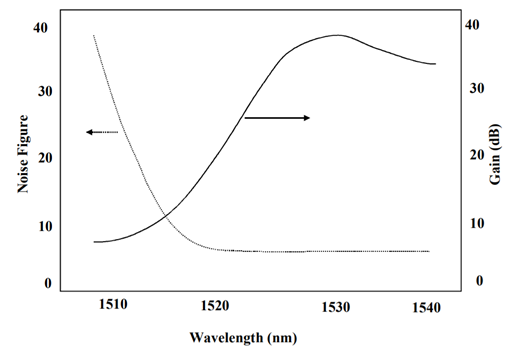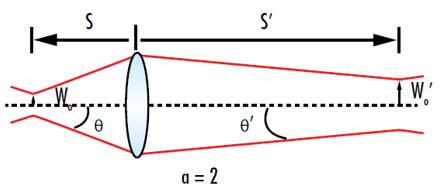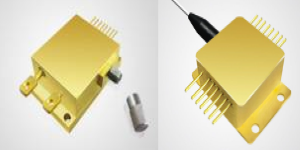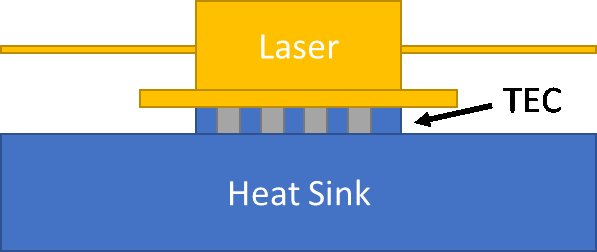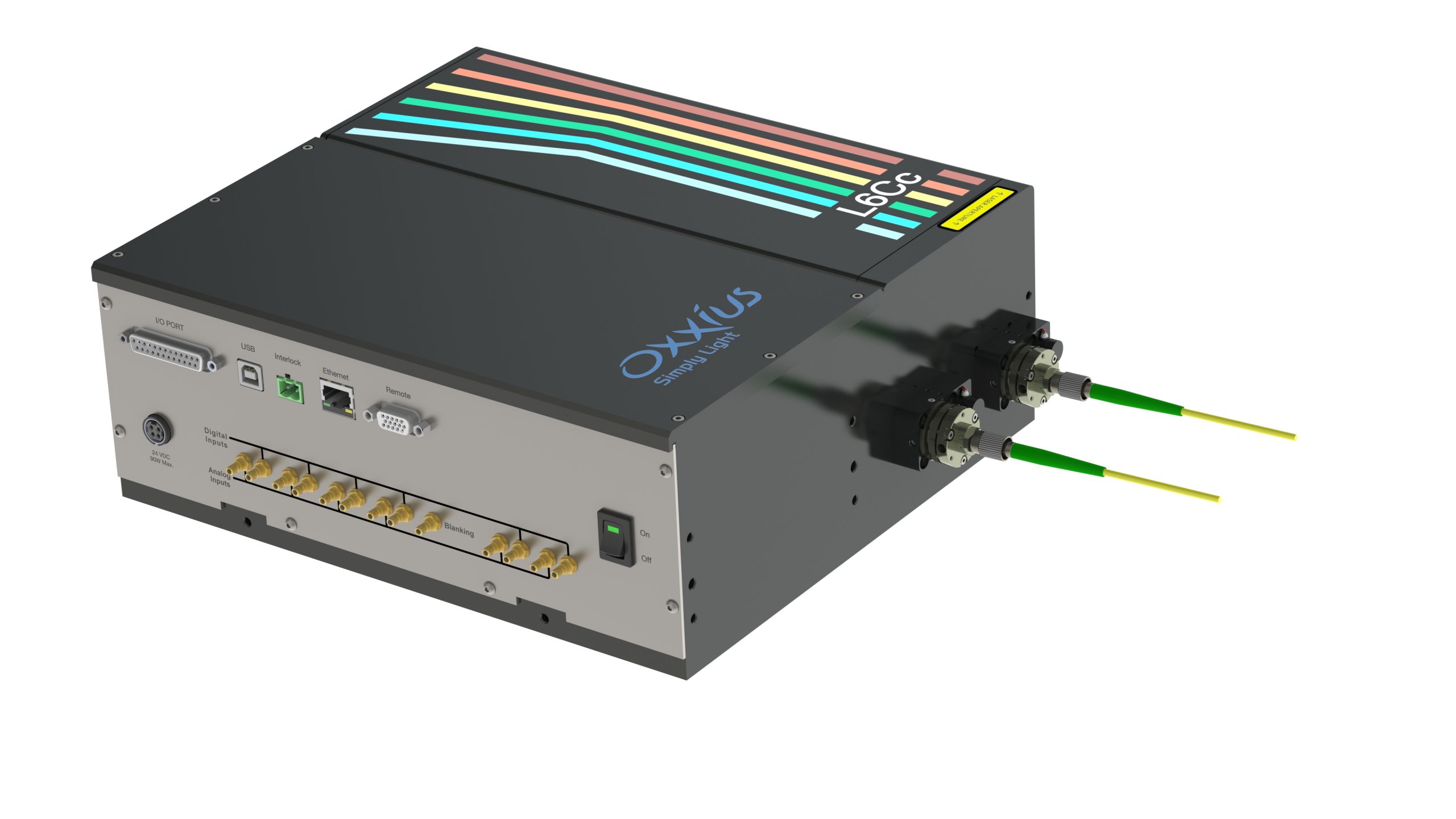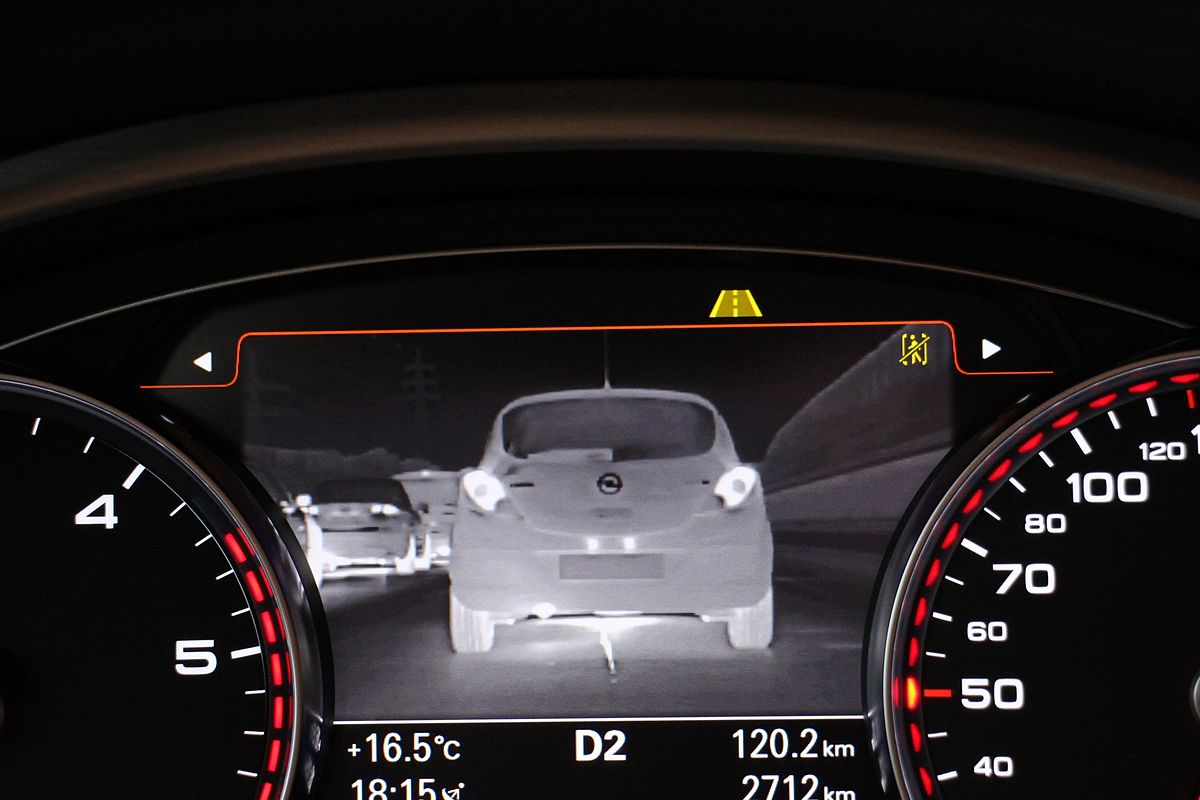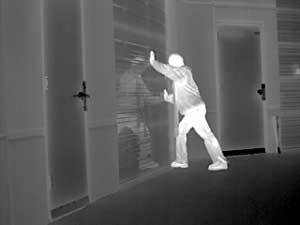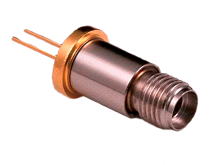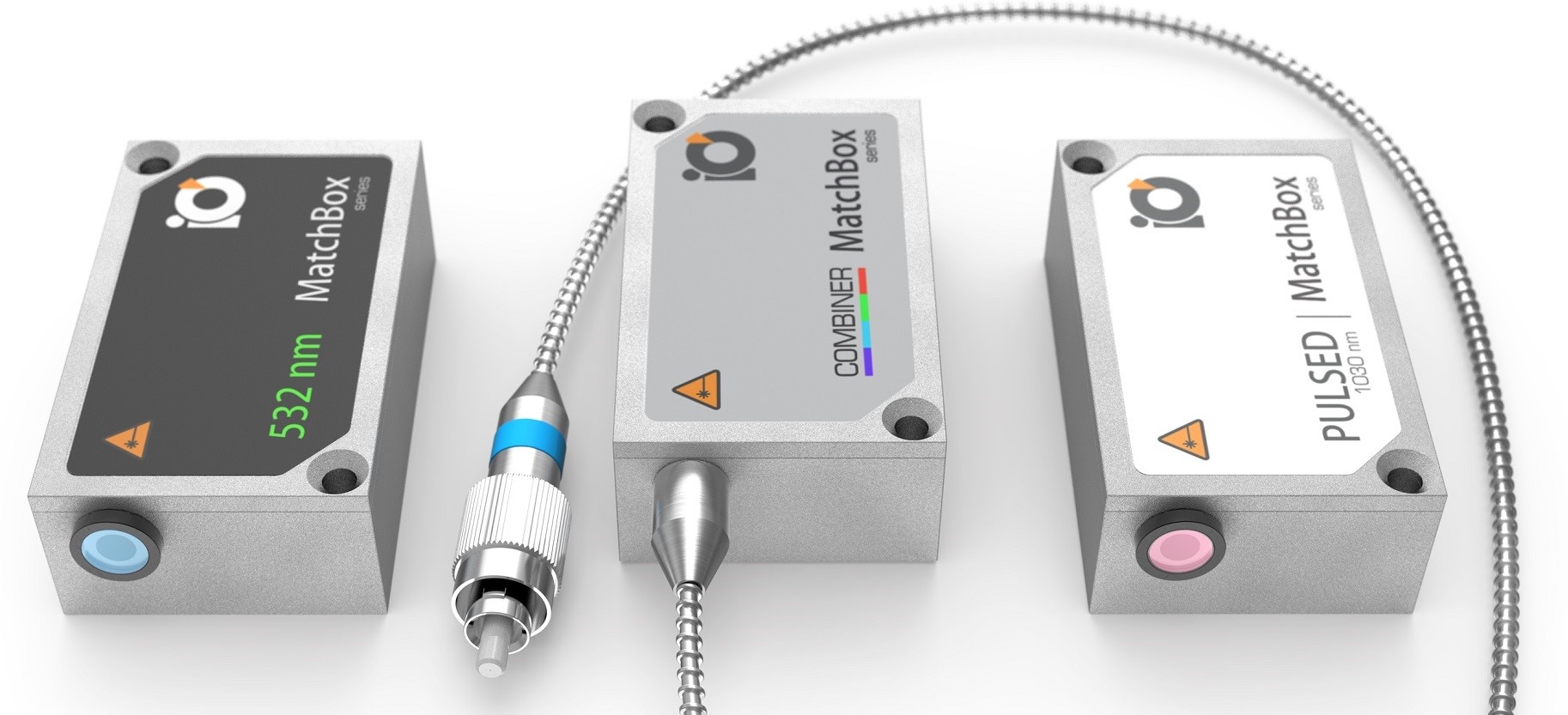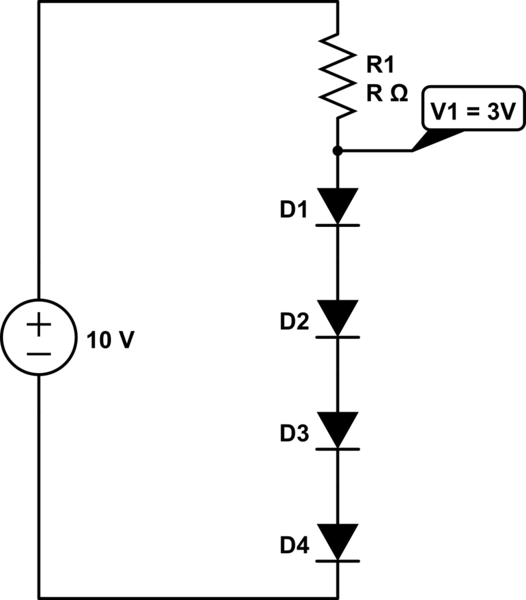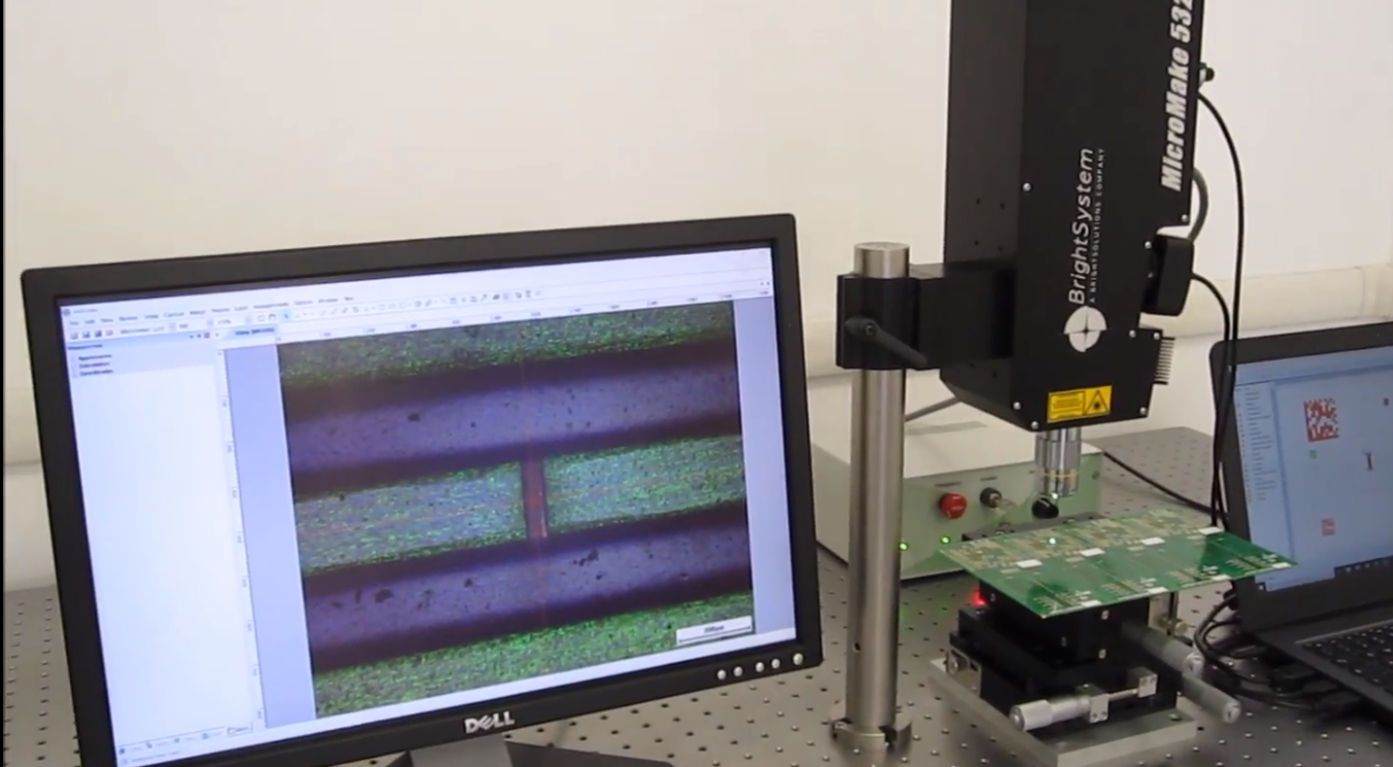Light-sheet Microscopy: Why are Two Beams Better Than One?
In the past, we have published several different blogs and whitepapers relating to both Raman and fluorescent confocal microscopy. Therefore, there is no need for us to repeat the basics here, so we will simply point out that while traditional confocal microscopes provide excellent spatial resolution, they do so at the trade-off of producing extremely large intensities at the… Read More


